Breaking Down Soil Structure

When we talk and think about soil, we often do so in terms of its horizons, maybe we say things like “that’s a heavy clay soil”, or we key in our its color attributes, like “that’s a good dark topsoil”. If you’ve ever had the opportunity to examine a soil profile in an excavation, you certainly have noticed all those attributes and likely others, especially as you view the soil for the first time. But once you first take hold of the soil, detaching it from the profile face, the structure immediately takes center stage. Nothing grabs your full attention more than a nice prism or an angular block that practically jumps out of the profile at you. Some of you might not have had the pleasure of experiencing what I just described. I urge you to find a way to go look at a soil and pick away at its structure a bit. Road cuts are a great way to do this without all the back-breaking digging (just don’t do it on a busy road!). In the meantime, here’s a little primer on soil structure and a teaser for some of the things you’ll see when you go in search of that elusive soil structure.
WHAT IS SOIL STRUCTURE?
The glossary of soil science terms defines soil structure as: The combination or arrangement of primary soil particles into secondary units or peds. The secondary units are characterized on the basis of size, shape, and grade (degree of distinctness).
We’ll get more into size and shape in a bit, but let’s also define grade now.
Soil Structure Grade: A grouping or classification of soil structure on the basis of inter- and intra-aggregate adhesion, cohesion, or stability. Four grades of structure are recognized as follows:
Structureless – No observable aggregation or no definite and orderly arrangement of natural lines of weakness. Massive, if coherent; single-grain, if noncoherent.
Weak – Poorly formed indistinct peds, barely observable in place. When gently disturbed, the soil material parts into a mixture of whole and broken units and much material that exhibits no planes of weakness.
Moderate – Well-formed distinct peds evident in undisturbed soil. When disturbed, soil material parts into a mixture of whole units, broken units, and material that is not in units.
Strong – Peds are distinct in undisturbed soil. They separate cleanly when soil is disturbed, and the soil material separates mainly into whole units when removed.
WHAT ARE THE TYPES OF SOIL STRUCTURE?
Now we know soil can aggregate into structural units or “peds”, but what exactly does a ped look like? It turns out, like many things in life, that it just depends. Structure can be described as granular, angular blocky, subangular blocky, lenticular, platy, wedge, prismatic, and columnar. Additionally, some soils are structureless, and those types of “structure” are described as single grain or massive. Finally, when humans get involved and started moving soil around with machinery, we can get an artificial structure called cloddy. Take a look at these sketches of the different soil structure types pulled from the Field Book for Describing and Sampling Soils, version 3.0.
In addition to shape, soil structure is described based on the size of the ped. Terms like very fine, fine, medium, coarse, very coarse, and extremely coarse are some of the terms used to convey the size of soil peds.
WHY ARE THERE DIFFERENT TYPES OF SOIL STRUCTURE?
Soil goes through changes over time called pedogenesis. It’s a $10 word, but basically, it’s just a fancy way of saying “process by which soils are formed”. A classic pedogenic model published by Hans Jenny (1941) described soil formation as influenced by the “five soil forming factors”. The factors include: CLimate, Organisms, Relief (topography), Parent material, and Time. To jazz it up a little more, there is a clever acronym: CLORPT. As the specifics of each of these factors acts upon a particular soil profile, pedogenesis proceeds in a unique way for that soil compared to another. Things like the mineralogy of the parent material that makes up the soil, the amount and frequency of precipitation, the types of vegetation that grow in the soil, and the stability of the landscape all can affect the degree and speed of pedogenesis as well as the type of soil structure that forms. Think no further than when the organism known as “humans” moves heavy machinery across a soil and causes soil compaction that results in the formation of platy structure.
WHAT CAN SOIL STRUCTURE TELL ME ABOUT THE SOIL I’M OBSERVING?
The great thing about soil is that it has a story to tell, you just need to take the time to read it. Soil structure is just another chapter in that book. Soil structure can tell you how stable a landscape is, it can reflect soil texture properties, it can give you insights into the water movement properties and preferential flow pathways within a soil profile, and can provide clues to any human-induced changes that have occurred. Bottom line, a healthy soil will have well developed and stable structure. Put another way, protecting the integrity of the soil structure is a good way to protect the overall health of that soil.
WANT TO LEARN MORE?
Hopefully you found this to be useful information, but it’s literally the tip of the iceberg when it comes to information about soil structure and how it forms. Here are three items to check out if you’d like to learn more.
Field Book for Describing and Sampling Soils, version 3.0. – This is a great resource to take in the field for all your soil description needs. Best of all, you can get a free copy from the NRCS by going here: https://nrcspad.sc.egov.usda.gov/DistributionCenter/ and typing in the keywords “field book”. You can order up to 2 free copies.
An interesting (warning this is a technical paper) peer-reviewed article by Dr. Henry Lin on Three Principles of Soil Change and Pedogenesis in Time and Space.
This is the book mentioned above that discussed the CLORPT pedogenic model. Factors of Soil Formation: A System of Quantitative Pedology – Hans Jenny.

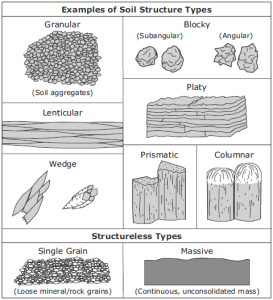
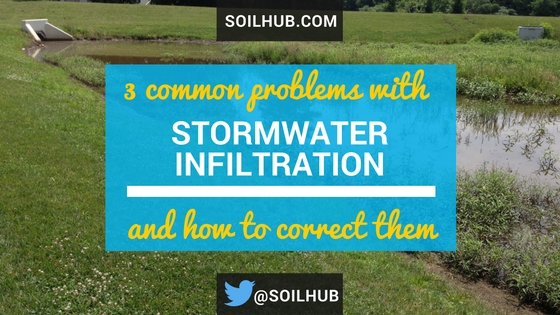
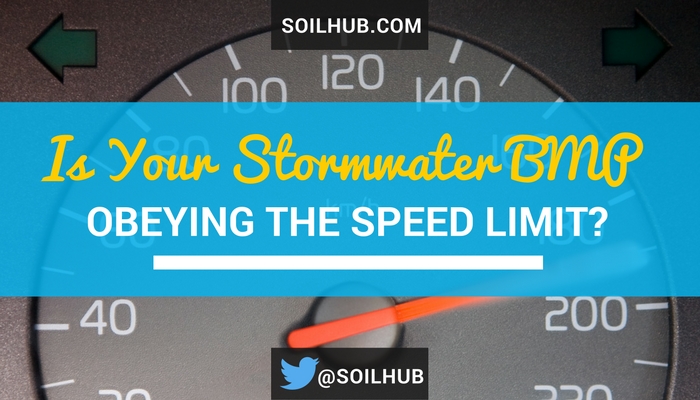
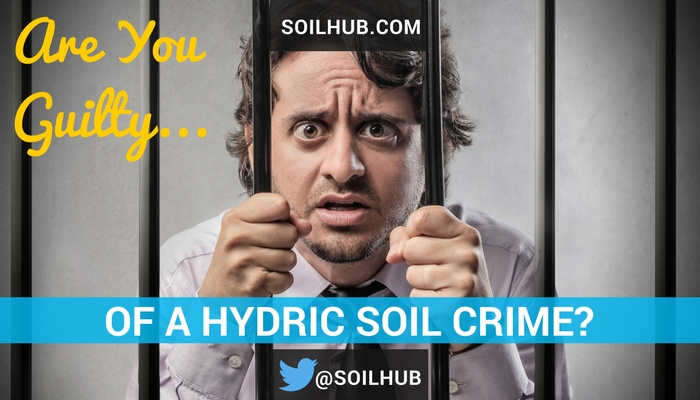
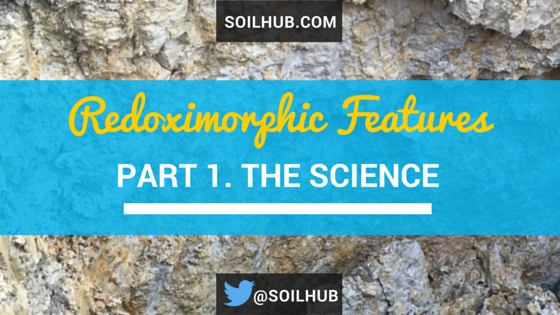
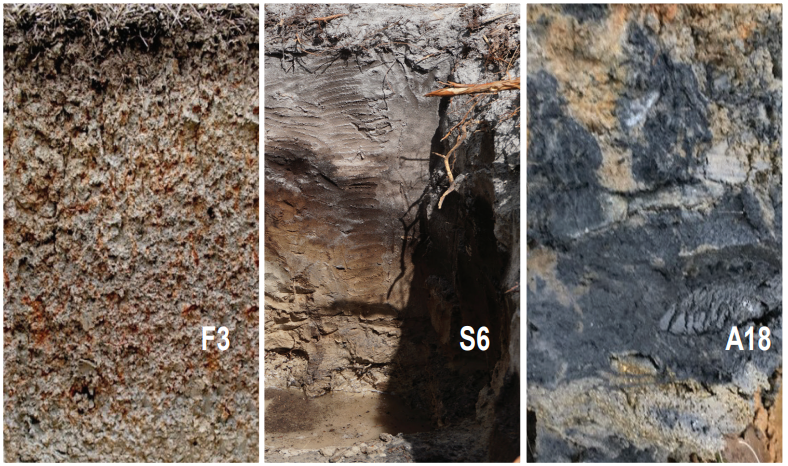
Responses